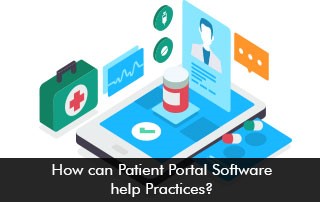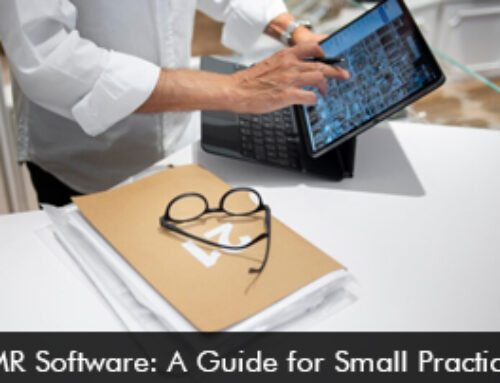Hospitals and medical practices in the US have widely embraced patient portal software solutions to boost patient engagement and satisfaction scores. The online method of interaction enables patients to access and track their medical information, view lab results, make online payments, and perform other tasks too such as checking in and answering screening questions before an appointment.
Key Patient Portal EMR Software Capabilities
There are a number of advantages to using patient portal systems besides increasing patient engagement:
- Easy appointment scheduling
- Alerts feature
- Access to health information
- View medical bills
- Check benefits
- Make online payments
- Fill out pre-visit forms to reduce wait times at the clinic
- Update medical history including allergies, medications, and immunization
- Checking prescription refills/requests
- A HIPAA-Compliant two-way text messaging platform
- Patient education materials and resources
Patient Portal Benefits for Medical Practices
Patient portal EMR Software usage rates are increasing. According to a report released by the American Hospital Association, 90% of health systems offer patient portal access to their patients.
There are many advantages that healthcare organizations can benefit from and enjoy by deploying patient portals:
- Improves office efficiency – When patient portals are deployed, they can help to improve office efficiency levels and streamline workflows as well as data flows. As an example, patient portals help save time when signing new clients as patients can fill out personal data electronically meaning that they do not have to visit the practice, and practice employees don’t have to schedule appointments for this process. There are continual reminders too that help to reduce the number of ‘no-shows’ as patients are automatically reminded of up coming appointments, and given the opportunity to keep the appointment or to reschedule. This greatly reduces the amount of time that front office staff have to spend on reminder phones calls and other appointment administration tasks.
- Simplify the patient registration process – Patient Portal EMR systems allow patients to complete pre-intake forms electronically, keeping front-office work efficient.
- Promotes telemedicine – Patient portals can help reduce unnecessary patient visits at the clinic. This helps to fit in patients who have urgent medical needs to be fulfilled. This can facilitate telemedicine, enabling patients to consult with healthcare providers remotely via a messaging platform or video call.
- Improved clinical outcomes – Ultimately the goal of clinicians is to enhance clinical outcomes. With the usage of the patient portal technology prescription refill tasks and referrals are made easier enhancing patient compliance.
There are many advantages to be gained in the entire process for clinicians, technicians, administration staff and patients by implementing patient portals. Ultimately the end game is to improve patient outcomes, and the implementation of patient portals is proving to be a game changer.






